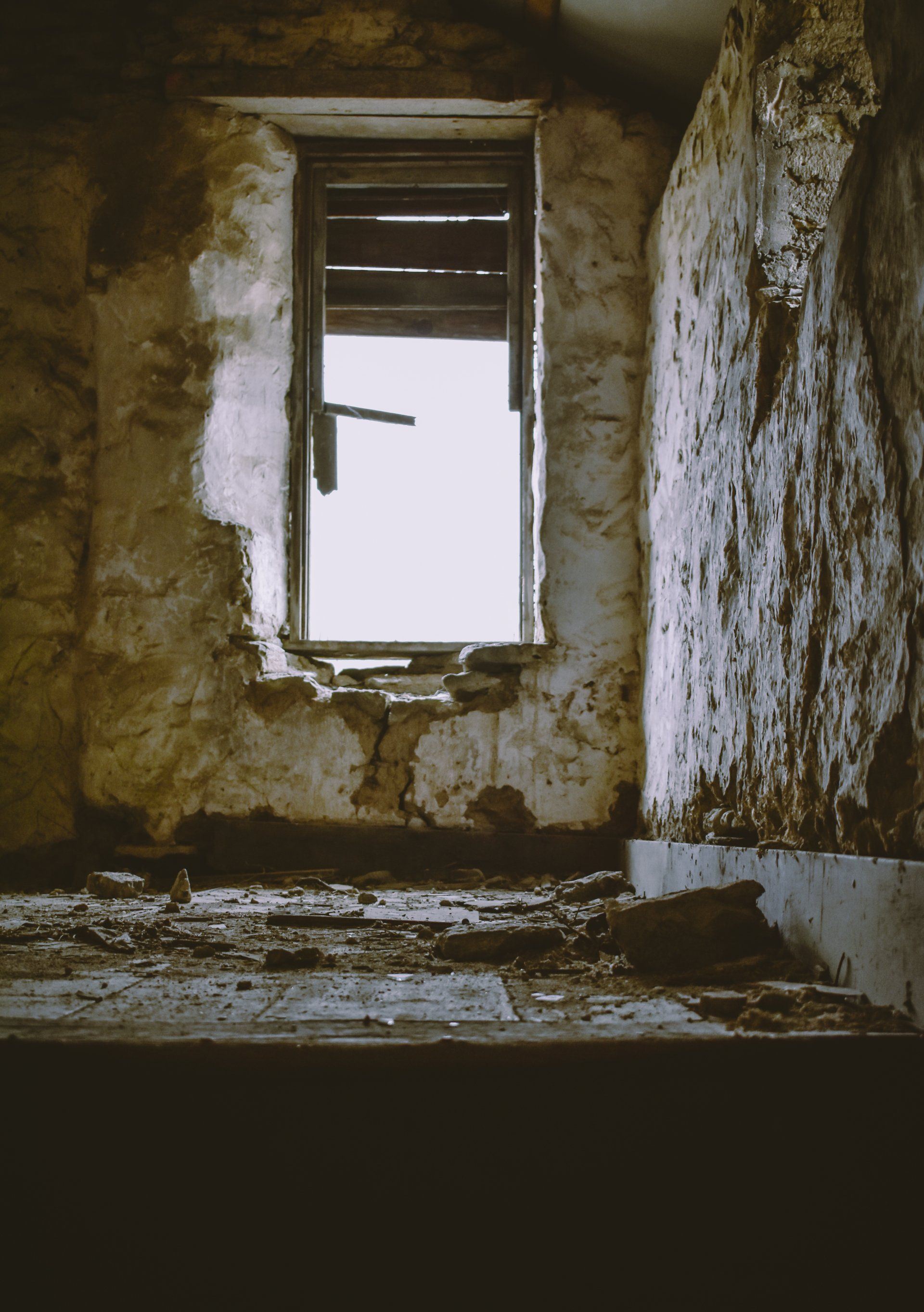The Role of Paint in Basement Waterproofing and Insulation

When renovating your basement, choosing the right materials can significantly affect its functionality and comfort, especially when it comes to paint. Though paint may seem like a purely aesthetic choice, it can play a crucial role in waterproofing and even aid in insulation when carefully selected and properly applied. In this article, we’ll explore how paint contributes to creating a well-protected, insulated basement environment.
1. Waterproof Paint for Basements: Why It’s Important
Basements are naturally more prone to dampness and moisture buildup than other areas of a home due to their below-ground location. Waterproof paint is specifically formulated to act as a barrier that helps prevent moisture from seeping through walls.
Benefits of Waterproof Paint:
- Moisture Resistance: Waterproof paints are made with additives that repel water, creating a moisture-resistant barrier on basement walls. This is especially helpful in older homes where foundation materials may allow some seepage.
- Mold Prevention: By reducing moisture, waterproof paint also minimizes the conditions necessary for mold growth, which is vital for maintaining indoor air quality and preventing health issues.
- Increased Longevity of Finishes: Excessive moisture can cause paint to peel, bubble, or crack. Waterproof paint adheres better in high-moisture environments, ensuring a more durable and lasting finish.
2. Choosing the Right Waterproof Paint
Not all waterproof paints are created equal. Look for paints labeled specifically as “waterproof” or “moisture-resistant,” as these have been formulated with the necessary additives. Additionally, some brands offer products made for masonry or concrete surfaces, which are particularly suitable for basement applications.
Types of Waterproof Paints:
- Acrylic-Based Waterproof Paint: Acrylic-based paints are widely used because they adhere well to concrete and masonry surfaces and form a moisture-resistant layer. They’re also relatively easy to apply and maintain.
- Epoxy Paints: Epoxy coatings are highly durable and offer significant moisture resistance. They’re ideal for basements that may experience higher humidity, as they create a thicker, more resilient barrier.
- Elastomeric Paints: Elastomeric paints are flexible and expand or contract slightly with temperature changes, making them an excellent choice for basement walls that may experience slight shifts or settle over time.
3. Paint’s Role in Insulating Basements
While paint isn’t a primary insulator, using it in conjunction with insulating materials can contribute to energy efficiency. Some paint manufacturers offer “insulating paints” that claim to reduce heat transfer and help regulate temperatures. These paints contain microscopic insulating particles that enhance their thermal performance.
Benefits of Insulating Paints:
- Temperature Regulation: Insulating paint helps to stabilize temperatures by reducing the transfer of heat or cold, contributing to a more comfortable basement environment.
- Energy Efficiency: While not as effective as traditional insulation, insulating paints can contribute to energy savings, especially in areas with minimal insulation.
- Preventing Cold Walls: In winter, uninsulated basement walls can make the room feel uncomfortably cold. An insulating paint can reduce this effect and make the basement more comfortable for everyday use.
4. How to Apply Waterproof and Insulating Paints for Maximum Effectiveness
Proper preparation and application are essential for waterproof or insulating paints to be effective in a basement environment.
Steps for Successful Application:
- Clean and Dry the Surface: Start by cleaning basement walls to remove any dust, dirt, or mold. Allow walls to dry thoroughly, as paint won’t adhere well to damp surfaces.
- Repair Cracks and Imperfections: Fill in any cracks or holes in the wall with a concrete patch or filler, as water can seep through even the smallest of gaps.
- Prime the Walls: Using a high-quality primer can enhance paint adhesion, especially on masonry or concrete surfaces.
- Apply the Waterproof or Insulating Paint: Use a roller or brush, applying the paint in even coats. Follow the manufacturer’s recommendations for drying times, as applying a second coat too soon can lead to poor adhesion.
- Consider a Topcoat: For added durability and to achieve your desired aesthetic, consider adding a topcoat once the waterproof or insulating paint is fully dry.
5. Additional Measures to Enhance Waterproofing and Insulation
While waterproof and insulating paints can be beneficial, combining them with other techniques can provide even greater protection and comfort.
- Use Basement Sealants: Before applying paint, consider applying a basement sealant to concrete or masonry walls for an added layer of waterproofing.
- Install Foam or Fiberglass Insulation: If insulation is a priority, combine insulating paint with traditional foam or fiberglass insulation on walls and ceilings for a comprehensive solution.
- Dehumidifier Installation: Controlling humidity levels will reduce the likelihood of moisture accumulation, maximizing the effectiveness of waterproof paint.
6. Professional Basement Painting Services in London, Ontario
While DIY approaches to basement painting are possible, enlisting the help of professionals ensures that your basement receives high-quality, long-lasting protection. A local professional service like Basement Renovations London can assess your basement’s specific needs and recommend the best products and techniques to keep your basement dry, comfortable, and visually appealing.
Final Thoughts
When renovating a basement, the importance of choosing the right paint cannot be overstated. Waterproof and insulating paints are valuable tools for managing moisture and improving energy efficiency in spaces prone to dampness. Whether you want to reduce moisture-related issues or make your basement more comfortable year-round, carefully selecting and applying the right paint can have a lasting impact on the quality of your basement.
For residents in London, Ontario, Basement Renovations London offers expert guidance and professional services to ensure your basement not only looks fantastic but also remains durable and functional for years to come. Reach out to learn more about our basement finishing and painting solutions today!
You might also like




